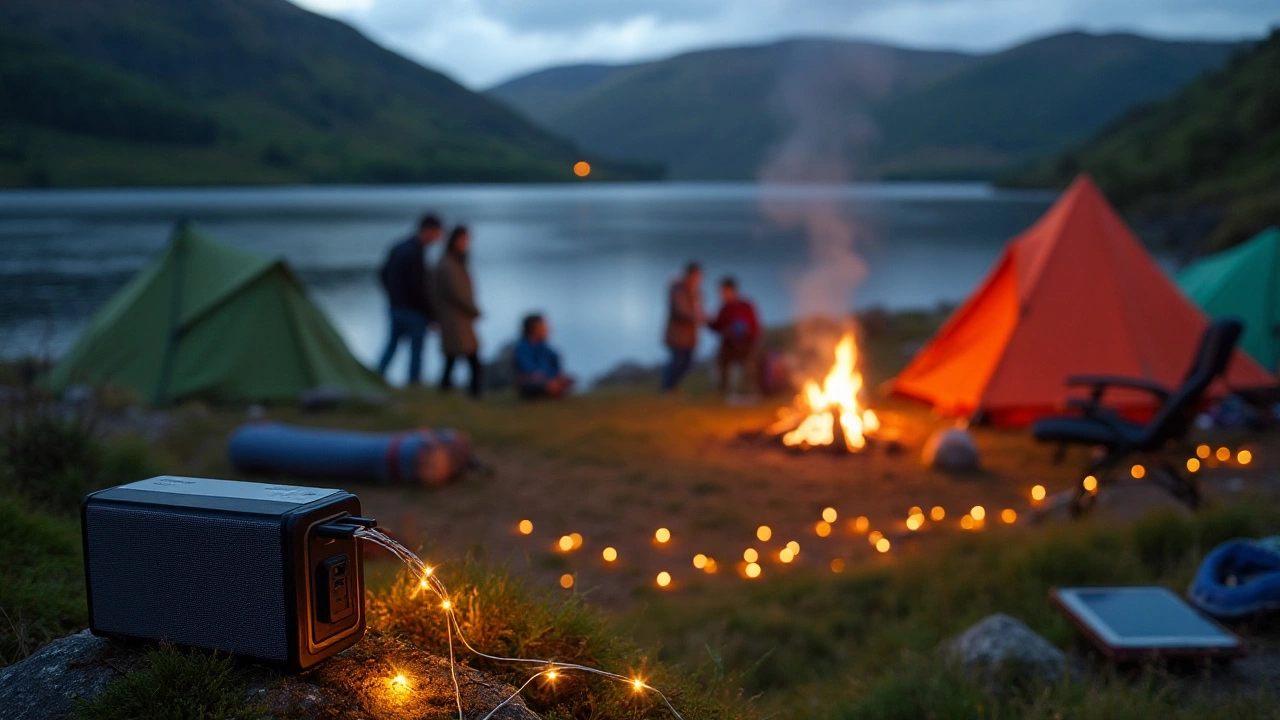Electric Camping – How to Stay Powered on the Road
Nothing kills the mood like a dead phone or a cold shower because you ran out of power. Luckily, staying plugged in while you’re out in the wild is easier than most people think. Below you’ll find the basics of campsite electricity, what to bring, and a few smart tricks to keep everything running smoothly.
Understanding Campsite Hook‑ups
Most UK campsites offer a standard 13‑amp socket, the same one you see at home. Some larger sites provide 32‑amp connections for bigger motorhomes, while a few boutique spots might only have a 5‑amp supply for tiny caravans. Before you book, check the site’s facilities page – it usually lists the plug types and amperage. If the site only has a 5‑amp socket and you’re driving a motorhome that needs 13 amps, you’ll need a dedicated split‑tap or a separate battery pack.
Bring a good‑quality extension cord (at least 5 m) and a universal adapter. A three‑pin to two‑pin adapter covers most mismatched sockets, and a short surge protector guards against sudden spikes that can fry your fridge or TV.
Powering Your Gear Safely
Start by making a power budget. Write down the wattage of every device you plan to use – fridge (150 W), lights (10 W each), phone chargers (5 W). Add them up and compare the total to the campsite’s amp rating. Remember, 1 amp at 230 V equals about 230 watts. If you’re close to the limit, consider using low‑power LED lights and running the fridge only when you’re at the site.
For longer trips, a portable power station or deep‑cycle battery is a lifesaver. You can charge it at home, then plug your devices into the station while you’re on the move. Models with an AC outlet, USB ports, and a 12‑V socket give you flexibility without needing a campsite hookup.
Solar panels are another option if you love off‑grid freedom. A 100‑W panel can charge a 12‑V battery in a day of good sun. Mount the panel on the roof of your motorhome or set up a portable fold‑out on the ground. Combine solar with a battery and you’ll rarely need a plug at all.
Safety first: never run extension cords under a tent or through a doorway where they could be tripped over. Keep cords away from water, and always unplug before you disconnect a plug. If you notice a flickering light or a faint smell of burnt plastic, turn everything off and check the connections.
Lastly, remember that many campsites charge a fee for electricity use. Some include it in the pitch price, while others use a pay‑as‑you‑go meter. Ask the site staff before you plug in so you don’t get surprised by the bill.
With the right preparation, electric camping becomes a smooth part of any road trip. Check the site’s hook‑up details, bring adapters and a surge protector, plan your power usage, and consider a portable battery or solar panel for extra peace of mind. Your gadgets stay charged, your fridge stays cool, and you get to enjoy the great outdoors without staring at a dead screen.
Choosing the Best Portable Power Station for Your Camping Adventures
Exploring whether a portable power station is a worthwhile investment for camping enthusiasts seeking electric hook-ups. This article dives into the convenience and benefits of portable power solutions, provides insights into functionality and longevity, and offers tips for selecting the right unit for your outdoor adventures. Whether camping in remote locations or frequented campsites, proper access to electricity can enhance your outdoor experience. Discover key considerations and the potential return on investment that portable power stations offer.
